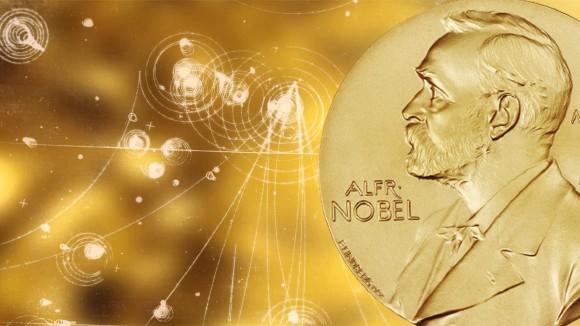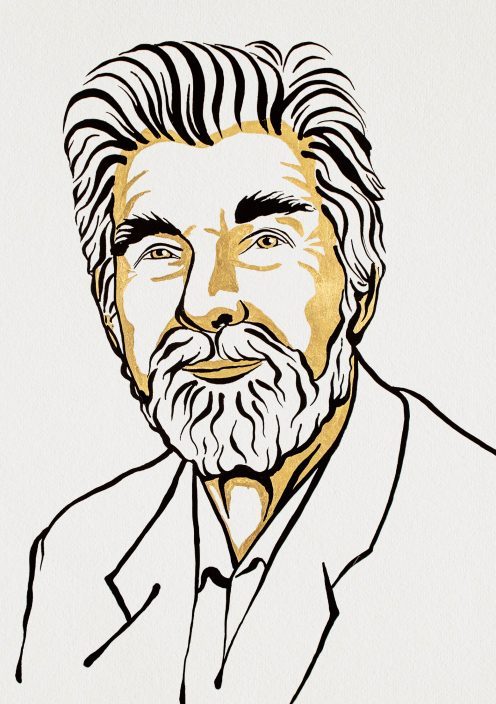Understanding global warming and our heavy impact on it has never been more imperative than it is now. It has also never been easier to do so than it is in the present. And that is due to the hard work of three winners of the Nobel Prize in Physics for the year 2021, who have discovered brilliant methods to explain to us, what we previously had little knowledge of.
Along with the Syukuro Manabe, the second winner of this esteemed prize is Klaus Hasselmann. He is a renowned oceanographer and climate modeller born in Germany. Having spent his childhood and adolescence in England, he returned to Germany for his tertiary education at the University of Hamburg. Hasselmann was a director at the Max Planck Institute for Meteorology and currently, he is a Professor Emeritus at the University of Hamburg.
The Butterfly Effect
“Does the flap of a butterfly’s wings in Brazil set off a tornado in Texas?”
Edward Lorenz
Weather is defined by meteorological quantities such as temperature, precipitation, wind or clouds and is influenced by the happenings on the ocean and on the land. Our planet Earth has large shifts in its weather due to two important reasons.
Firstly, the solar radiation reaching different parts of the Earth is very unevenly distributed, both geographically and over time. Our planet is round therefore, fewer sun rays reach higher latitudes compared to lower latitudes around the equator. Also, the 24-hour change in solar radiation reaching the ground varies with the rotation of the Earth.
Secondly, Earth has a tilted axis, which results in the seasonal difference on parts of our planet. The changes in the incoming solar radiation cause variations in the density of cold and warm air, which drive the circulation of heat between different latitudes, between the ocean and land, and even between air masses in different altitudes.
These reasons cause the weather to undergo rapid changes making it unpredictable and chaotic. Therefore, it is impossible to precisely state the temperature, pressure, humidity, and conditions of the wind for every point in the atmosphere. The equations involved in these calculations are also non-linear which results in a plethora of evolvements in the weather system for small deviations in initial conditions.
This sensitive dependence on initial values in which a small change in one state can result in large and unpredictable variations in a different state is based on the aforementioned deceptively simple question raised by meteorologist and mathematician Edward Lorenz. Hence this phenomenon is called the ‘butterfly effect’.
Therefore making dependable predictions on the weather past the next ten days is a difficult task. This raised the question of how reliable climate models can be produced for the next several decades or even centuries when the weather is an extremely chaotic system. But, Klaus Hasselmann gave an excellent explanation to answer this question.
Chaotic weather = Walking a dog
As part of his explanation, Klaus Hasselmann created a stochastic climate model that linked together weather and climate and more importantly it included the factors which were usually left to chance. His model expertly demonstrated the slow changes in the ocean as a response to the continuous random variations in the atmosphere. To create the model Hasselman had to consider many factors.
Creating a climate model using chaotic weather data is described as walking a hyperactive dog. Imagine the dog running off the lead, backwards and forwards, side to side, and around your legs. That is similar to the unpredictable change in the weather. Your walk is the calculated climate. How can you use the dog’s tracks to see whether you are standing still or walking? Or if you are walking, whether it is slowly or quickly? Producing a climate model based on rapidly changing weather also brings an impending sense of impossibility that comes from taking such a dog on a walk.
Also, the variations that influence the climate fluctuate with time. Sometimes it is slow such as melting ice caps and heating of the ocean but they may also be rapid like the strength of the wind or temperature of the air. Also, the change in the temperature of the ocean by even a degree may take numerous years, while it takes just a few weeks for it to occur in the atmosphere. Such fluctuations make it even more challenging to create a climate model.
Therefore Hasselmann first laid the foundation for long-term climate forecasting when he established the similarity between the unpredictable changes in the weather and rapidly changing noise. Then he incorporated the rapid variations in the weather into the calculations as noise and he demonstrated how this noise has a major effect on the climate.
Hasselmann’s inspiration for his climate model came from none other than Albert Einstein. He used Einstein’s theory of random motion also known as the Brownian motion.
Tracing humans’ impact on the climate system
After his brilliant development of the climate model, Klaus Hasselmann realised that the models in collaboration with observations and theoretical studies contained sufficient information about the properties of noise and signals. Unique signals left by changes in the solar radiation, volcanic particles or levels of greenhouse gases could be separated out. This meant that the ‘fingerprints’ left by human activities on our climate system could also be identified. This development paved the way for more observations and experiments which confirmed the dangerous impact humankind has left on the climate and on Earth.
The climate models show that the concentration of carbon dioxide in the atmosphere has increased by 40% which has led to an increase of 1 °C in the atmospheric temperature. Such an increase has not occurred for numerous years but the climate model showed the clear acceleration of the greenhouse effect which has led to the recent hazardous rise in temperature.
Klaus Hasselmann has undoubtedly left a huge imprint on this planet by making the subject of global warming crystal clear for all of us. Has the amount of greenhouse gases in the atmosphere increased? Yes. Has this increased the atmospheric temperature? Yes. Are humans involved in causing this increase? YES!
The strong impact of humankind on the climate and status of our planet cannot be ignored any longer.
References:
- https://www.nobelprize.org/prizes/physics/2021/popular-information/
- https://web.archive.org/web/20050404112151/http://www.mpimet.mpg.de/~hasselmann.klaus/
Image Courtesies:
- Featured Image: https://bit.ly/3kgFACW
- Content Image 1: https://bit.ly/2YpJvFP
- Content Image 2: https://bit.ly/308a1Er
- Content Image 3: https://bit.ly/3ki4WjL




